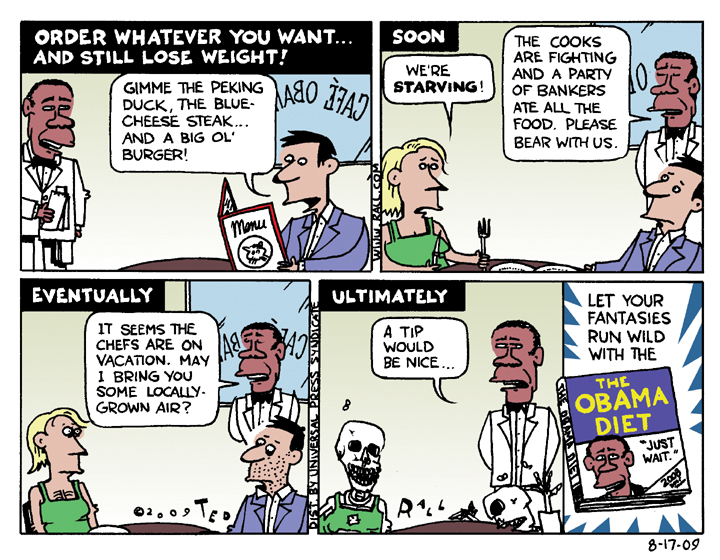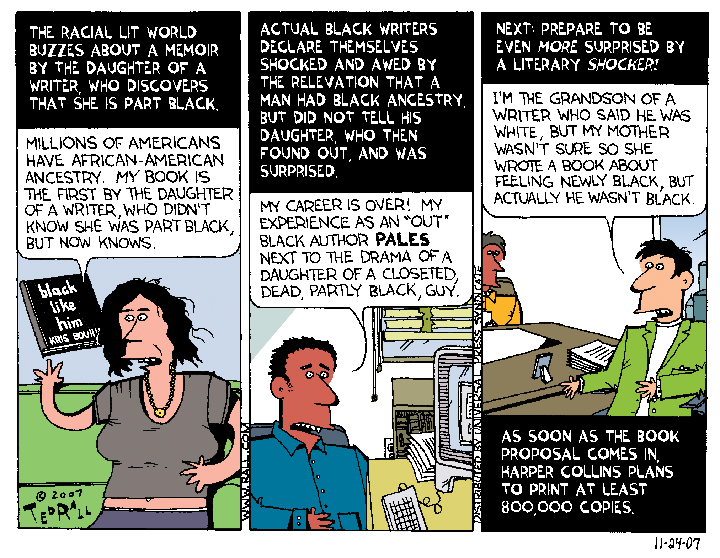A revolutionary manifesto for an America heading toward economic and political collapse. While others mourn the damage to the postmodern American capitalist system created by the recent global economic collapse, I see an opportunity. As millions of people lose their jobs and their homes as the economy collapses, they and millions more are opening their minds to the possibility of creating a radically different form of government and economic infrastructure.
But there are dangers. As in Russia in 1991, criminals and right-wing extremists are best prepared to fill the power vacuum from a collapsing United States. The best way to stop them, I argue here, is not collapse—but revolution. Not by other people, but by us. Not in the future, but now. While it’s still possible.
The Anti-American Manifesto was widely discussed among progressives and leftists and remains a basis of discussion for people seeking to create the space to discuss politics outside of electoral irrelevance — a revolutionary movement.
I admire Rall. He is prolific writer of good sentences. He is a prolific drawer of bitterly ironic cartoons. He is a serious reporter. He is honest about his own failings and wandering ideology. And he has dusted off the r-word at exactly the right moment in American history. He wants a revolution. And I agree with him. A revolution is exactly what the United States needs. The amount of cultural/economic/political change needed to save the world in the brief time we have left is unimaginable without a revolution. You can argue that the ruling class is evil, you can argue that the ruling class is incompetent, you can argue that the ruling class is both. But it has never been more clear that the ruling class is impervious to reform through established channels and the rest of us can look forward to incalculable suffering unless we get rid of it. “Revolution doesn’t happen within the system,” Rall says. “Revolution is the act of destroying the system.” Yup. —TruthOut
You have to give points for audacity to begin a book advocating the overthrow of the U.S. government. In his new book The Anti-American Manifesto, political cartoonist and columnist Ted Rall does just that. Perhaps most dangerously, he makes revolution sound like the only reasonable thing to do. Like the child who proclaimed the emperor had no clothes, Rall’s book has the effect of rendering self-evident what is hardly ever mentioned in public, though we all privately know it to be true: this system is broken beyond repair. —Socialist Worker
Political Manifesto, 2010
Seven Stories Press Trade Paperback, 5″x7″, 286 pp., $15.95
To Order From Amazon: click here.
To Order A Personally Signed Copy directly from Ted:


